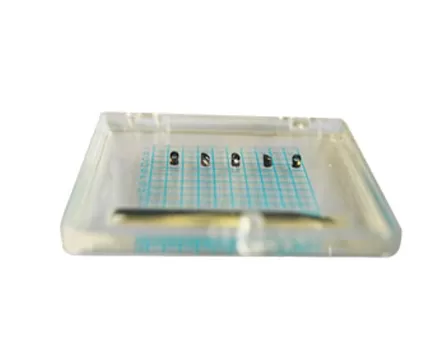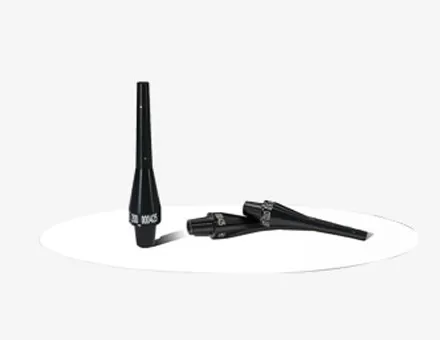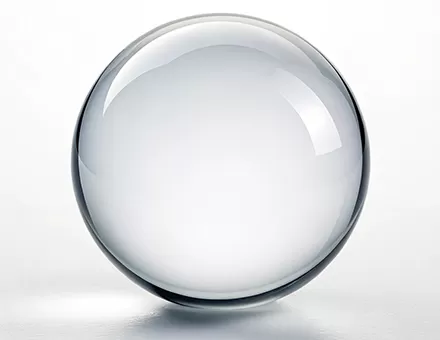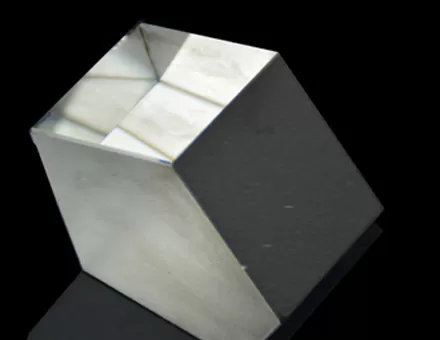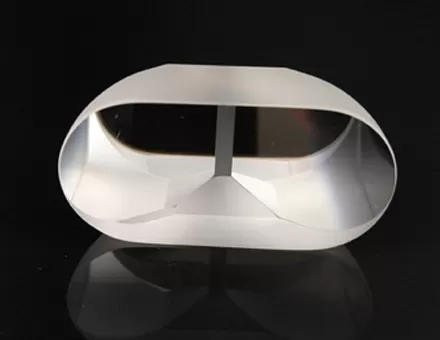Optical windows are flat plates made of optically transparent material, designed to allow light into an optical instrument. They can also be used to protect a light source from an outside environment. These windows are designed to minimize both reflection and absorption while maximizing transmission over a target wavelength range. When choosing an optical window, you will have to keep in mind optical surface specifications, material transmission properties, and the mechanical properties required by your application.
Substrate properties and optical surface specifications are two attributes you will want to keep in mind as you select custom optics for your application. The material properties of the substrate used will determine transmission, refractive index, and hardness. Potassium Bromide substrates used by Ecoptik, for instance, will transmit UV visible and infrared light. They have a density of 2.75 g/cm3 and an index of refraction of 1.527. Zinc Selenide, on the other hand, blocks UV as well as some visible light and transmits higher wavelength visible light and infrared. It has an index of refraction of 2.631. Fused silica has a density of 2.202g/cm and a index of refraction of which varies from 1.55 to 1.40.
The index of refraction quantifies how much the light is slowed down as it is transmitted through the substrate. It is calculated as the ratio of the speed of light in a vacuum to the speed of light through the substrate. For instance, the index of refraction of Zinc Selenide, 2.631, means that light travels through a vacuum 2.631 times faster than it does through ZnSe.
The refractive index of our sapphire windows is 1.76-1.77. For optical windows produced by general optical products manufacturer, the refractive index is typically specified at 587.6 nm.
Another important specification, the Abbe Number, describes how the refractive index varies with wavelength. The lower the Abbe number, the higher the dispersion. The Abbe number of sapphire is 72.24, and for BK7, 64.17.
MgF2 windows are hard and durable, with a refractive number of 1.378 and an Abbe number of 106.22. They have a high laser damage threshold, and very good broadband transmission from 120 nm to 8 μm. Our MgF2 windows are often used with UV radiation sources and receivers.
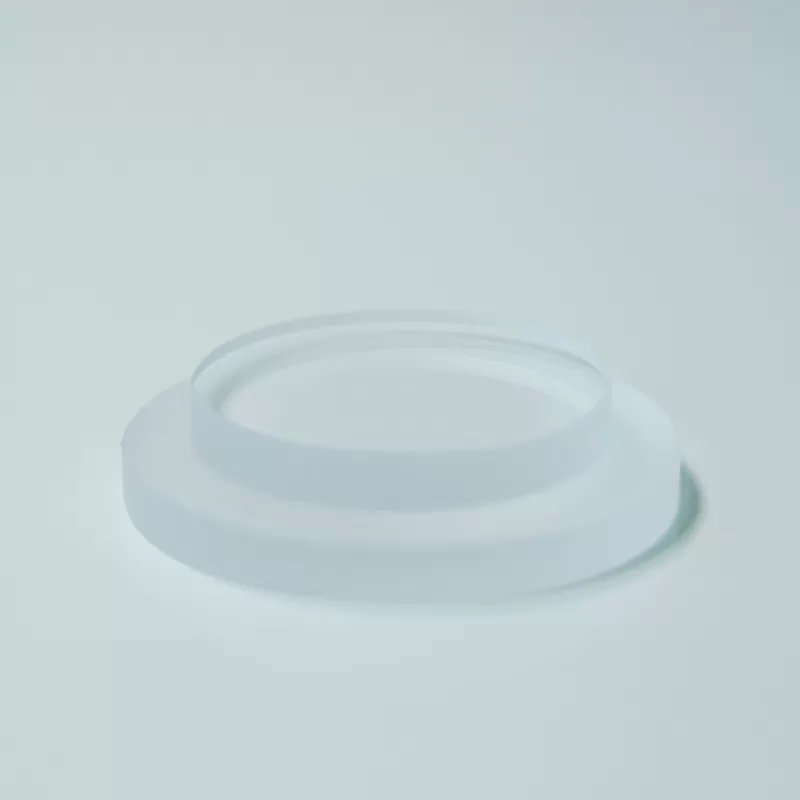


















 EN
EN

